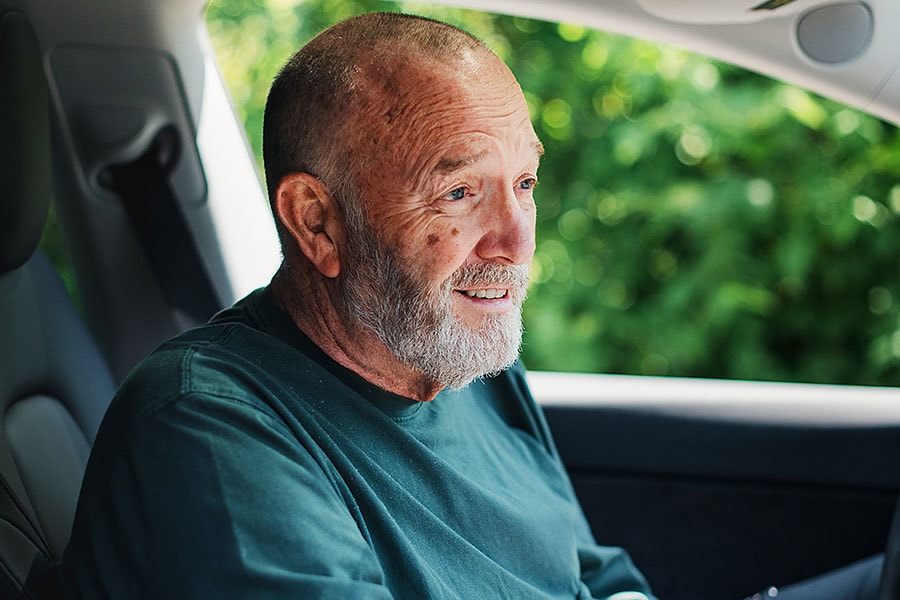
Can Tesla data help us understand car crashes?
The sensors on Tesla cars log nearly every particular. While automakers rarely share this data, experts say it could fundamentally change the way regulators, police departments, insurance companies and other organizations investigate anything that happens on the road, making such investigations more accurate and less costly
 The attorney Mike Nelson sits in his Tesla in Kingsley, Pa., June 15, 2022. Nelson recently founded the start-up QuantivRisk, which aims to collect driving data from Tesla and other carmakers before analyzing it and selling the results to police departments, insurance companies, law offices and research labs. (Hannah Yoon/The New York Times)
The attorney Mike Nelson sits in his Tesla in Kingsley, Pa., June 15, 2022. Nelson recently founded the start-up QuantivRisk, which aims to collect driving data from Tesla and other carmakers before analyzing it and selling the results to police departments, insurance companies, law offices and research labs. (Hannah Yoon/The New York Times)
Shortly before 2 p.m. on a clear July day in 2020, as Tracy Forth was driving near Tampa, Florida, her white Tesla Model S was hit from behind by another car in the left lane of Interstate 275.
It was the kind of accident that occurs thousands of times a day on U.S. highways. When the vehicles collided, Forth’s car slid into the median as the other one, a blue Acura sport utility vehicle, spun across the highway and onto the far shoulder.
After the collision, Forth told police officers that Autopilot — a Tesla driver-assistance system that can steer, brake and accelerate cars — had suddenly activated her brakes for no apparent reason. She was unable to regain control, according to the police report, before the Acura crashed into the back of her car.
But her description is not the only record of the accident. Tesla logged nearly every particular, down to the angle of the steering wheel in the milliseconds before impact. Captured by cameras and other sensors installed on the car, this data provides a startlingly detailed account of what occurred, including video from the front and the rear of Forth’s car.
It shows that 10 seconds before the accident, Autopilot was in control as the Tesla traveled at 77 mph. Then she prompted Autopilot to change lanes. But as her car was crossing it seemed to interpret a truck stopped on the side of the road as an obstruction, prompting a rapid deceleration that was followed by a rear-end collision — all captured by video and data sensors.
©2019 New York Times News Service







